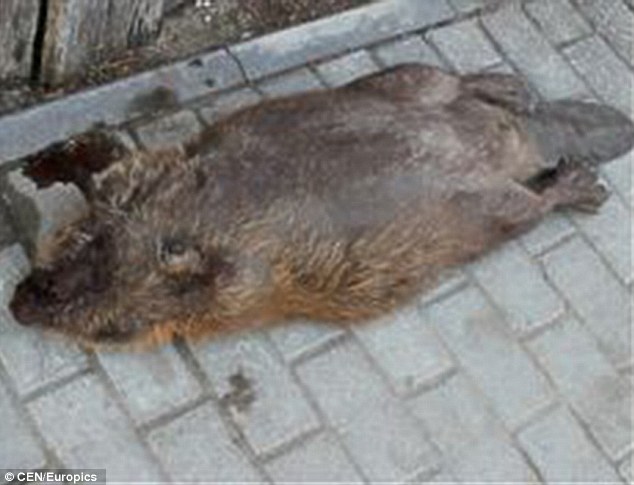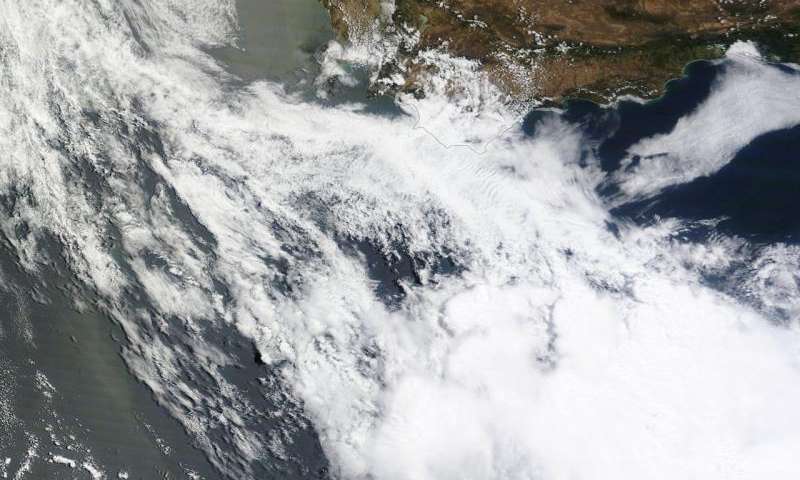
© NASAScreenshot NASA YouTube video thunderclouds.
In what sounds like a tale from the Bermuda Triangle, an atmospheric physicist, called Joseph Dwyer, was flying through a massive thunderstorm, when
he suddenly found himself in the middle of a huge cloud of antimatter. The physicist was piloting a modified Gulfstream V plane on a scientific mission and came across the strange phenomenon by accident.
Dwyer and his co-pilot mistook a line of thunderstorms for the Georgia coast on their radar, but by the time they realized this, they had no way out.
As they entered the heart of the storm, the scientific instruments on board suddenly began to register something totally unexpected.
The plane was being surrounded by positron-electron explosions causing peaks of high-energy, photon gamma rays - a clear sign of antimatter.
The plane plunged downward and began to shake violently. "I really thought I was going to die," Dwyer said.
So what is antimatter?
ExtremeTech explains that;
"Antimatter is the name we give to particles with the same mass, but opposite charge, as the particles of which we are composed. When an antiparticle comes in contact with its corresponding "normal" particle, they annihilate each other and release gamma rays. In this case, the team detected a large number of positrons (the antiparticle of an electron) in that storm."
But the positrons in the storm seemed to somehow steer themselves towards the plane, and what force did that remains a mystery.

© CERNImage of an actual matter-antimatter annihilation due to an atom of antihydrogen captured during a CERN experiment.
It is possible the plane itself was interacting with the antimatter.
Nature says that the positrons could have been annihilated in the immediate vicinity of the aircraft, or even on the plane itself.
Aleksandr Gurevich, an atmospheric physicist at the Lebedev Physical Institute in Moscow, suggests that the plane's wings could have become charged, producing extremely intense electric fields around them, causing the creation of positrons.




Comment: Other beaver attacks in the recent past: Animals increasingly losing the plot: Vicious beaver attacks snorkeler off Nova Scotia's coast, Canada
Animals losing the plot: Couple attacked by beaver in Watchung Reservation, New Jersey
Beaver mauls man near Rochester: 'It was like watching a horror film'
Paddling family of three attacked by a beaver in Austria
Vicious beaver attacks and kills man in Belarus